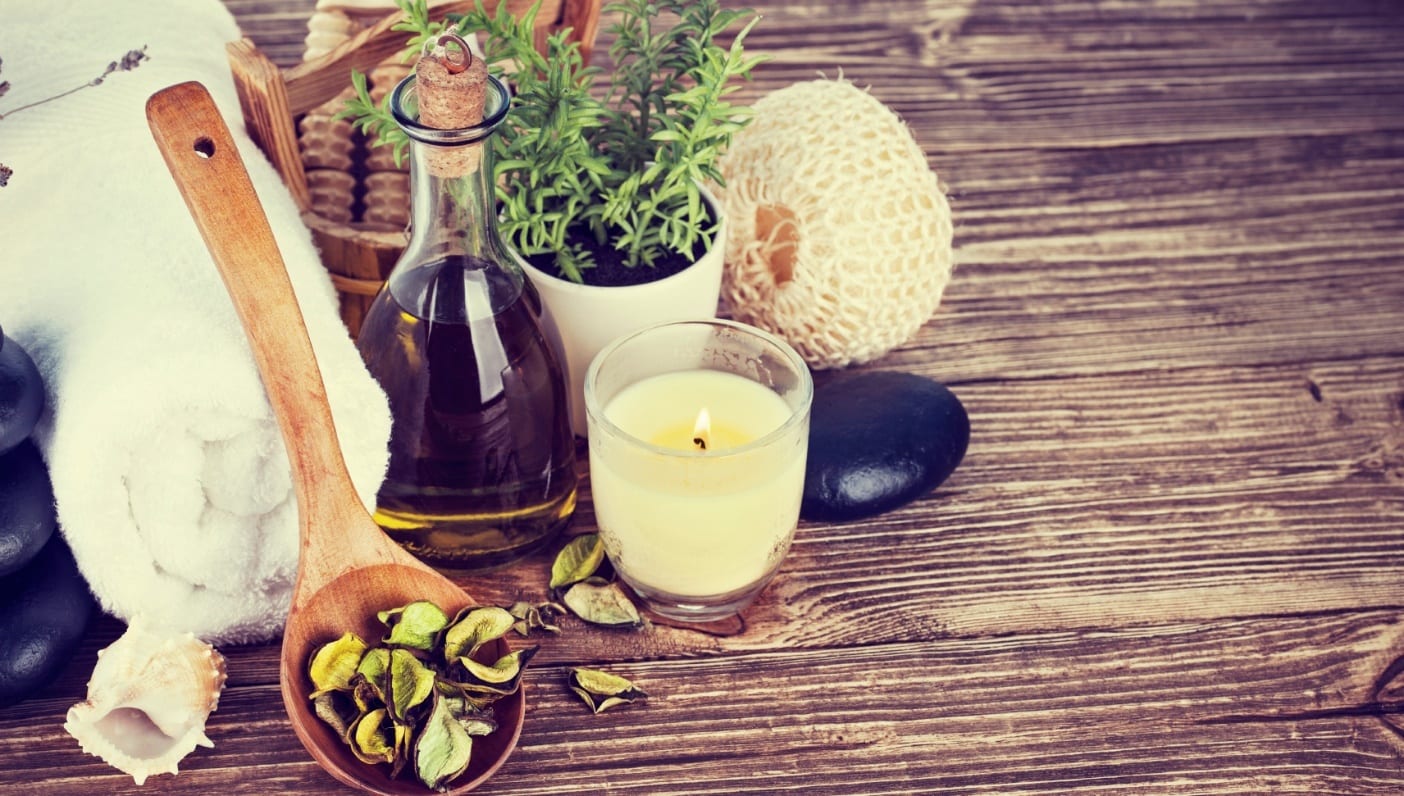
Refresh, renew, and reconnect with both your inner self and your practice at a Wanderlust Festival! Find out more | 2016 lineup | Buy tickets
As yogis we seek to lead a balanced life in mind, body, and spirit. Ayurveda has become more prevalent in the yoga community as we become more familiar with the terminology surrounding the world’s oldest health-care system. The wellness benefits have caught on and Wanderlust has Ayurveda fever.
Similar to the balance we seek in our physical practice, Ayurveda seeks to balance the three doshas present in everyone. Doshas are the energy archetypes that are uniquely combined in each of us to make up our constitutional makeup. They are made up of five elements of ether, air, fire, water, and earth. The terms Vata, Pitta, and Kapha may ring a bell, and maybe you have even been told your makeup—I happen to be a dominant Pitta with high levels of Vata and a lower presences of Kapha. Similar to a personality test, it is easy to take a basic constitution test to identify your dosha proportions. But what does it really mean to be a Vata, Pitta or Kapha?
Vata: Composed of ether and air, Vata is associated with cold, dry, light, rough qualities.
Pitta: Composed of fire and water, Pitta is associated with oily, sharp, hot qualities.
Kapha: Composed of earth and water, Kapha is associated with wet, heavy, solid, cold qualities.
We all are comprised of some elements of each of the above doshas. Illness and disease can strike when one of the doshas is out of balance, and an inbalance can arise as easily as the changing of a season. Following directive diet and lifestyle changes it is quite simple to recalibrate your health using Ayurvedic techniques. Through my Ayurveda consultation, I was tuned into my higher levels of Vata that have been exacerbated by constant travel, dehydration, and exposure to cold foods and drinks. The prescription in Ayurveda is always based on opposites: counter excessive heat with cold, dry with oily, spicy with bland. My vata-pacifying diet favors food that are warm, heavy and oily as I work to counter the cold and dry qualities of Vata.
My exploration into Ayurveda has provided me a couple guiding principles on my path to attaining optimal health, and I hope they will make Ayurveda more accessible for all Wanderlusters. These practices are beneficial for all constitutions and represent living a conscious ayurvedic lifestyle:
- Define your typical schedule. Try to sleep and wake at similar times every day and get adequate rest.
- Eat a leisurely breakfast, large lunch, and light dinner. Ideally take a meal break so you can eat slowly, only while hungry, and in a mindful manner.
- Avoid cold and icy food and drinks.
- Practice meditation, gentle stretches, yoga, and pranayama on a daily basis.
- Prevent toxic buildup though abhyanga (oil massage) and tounge scraping practices.
- Follow a diet regime based on the imbalances currently present in your constitution.
I encourage you to follow the above guiding principles and take a basic test online to determine your doshic composition. Like all good things, positive changes made through Ayurvedic techniques require time as you slowly bring the doshas back into their delicate balance. Take advantage of the wonderful resources Wanderlust provides and start your Ayuveda journey this weekend!
—
 Cameron Cler began practicing yoga to elevate her flexibility and endurance for ballet, but soon the physical practice became like a way of life, complete with spiritual growth, mental flexibility and emotional acceptance. Now, the financial consultant and constant traveler is also a registered yoga teacher in San Francisco, who channels her inner yogi to mitigate the stress of working in the corporate world and of life in general. Her passion is cultivating wellness and sharing travel stories, yoga poses, healthy recipes, wellness apps, good books and restaurant recommendations with her friends, family and students.
Cameron Cler began practicing yoga to elevate her flexibility and endurance for ballet, but soon the physical practice became like a way of life, complete with spiritual growth, mental flexibility and emotional acceptance. Now, the financial consultant and constant traveler is also a registered yoga teacher in San Francisco, who channels her inner yogi to mitigate the stress of working in the corporate world and of life in general. Her passion is cultivating wellness and sharing travel stories, yoga poses, healthy recipes, wellness apps, good books and restaurant recommendations with her friends, family and students.